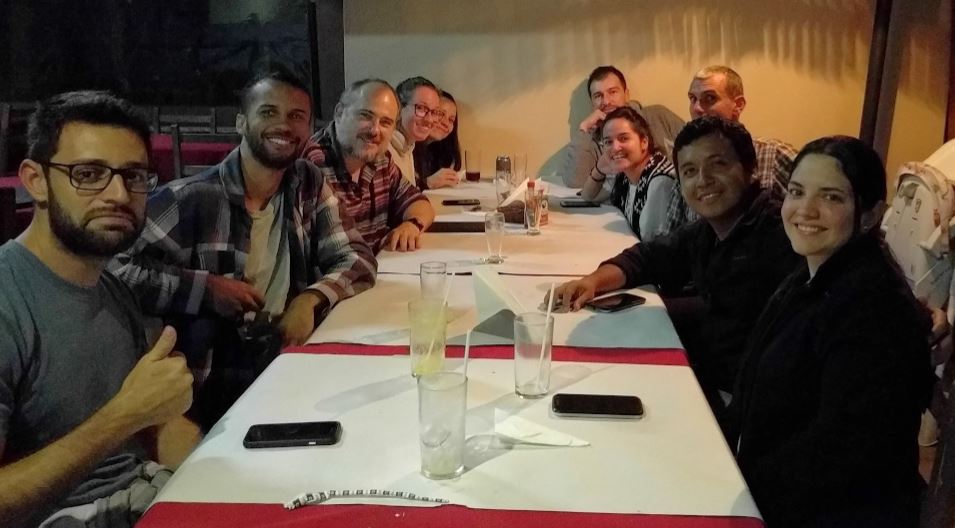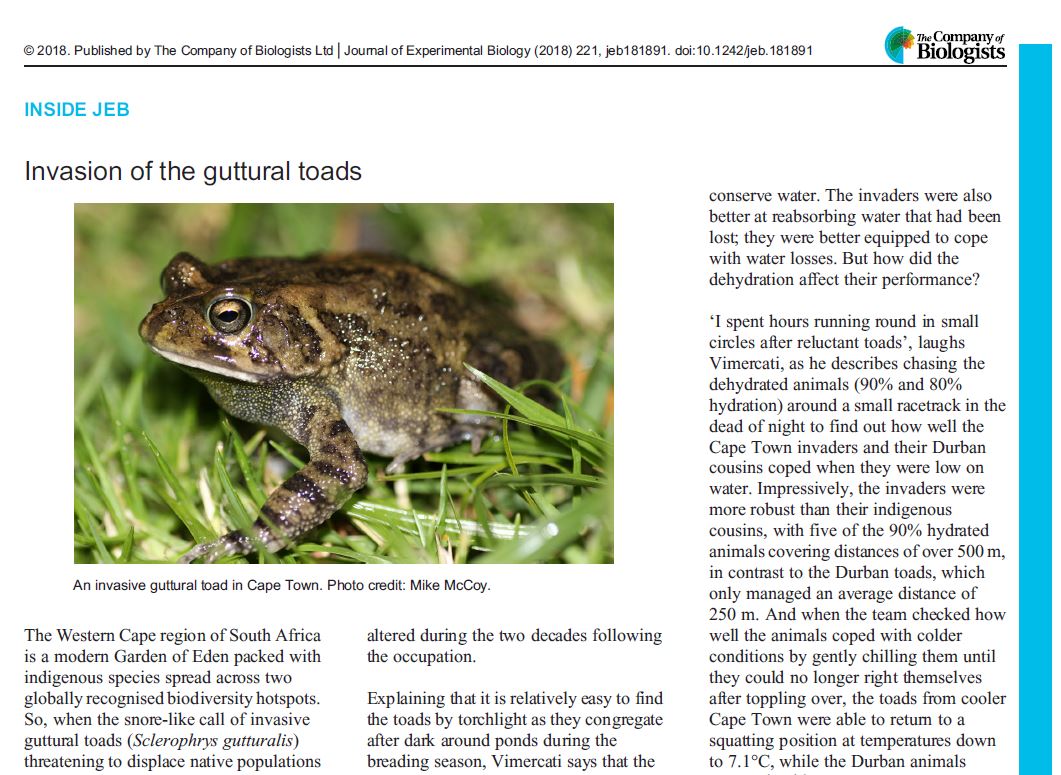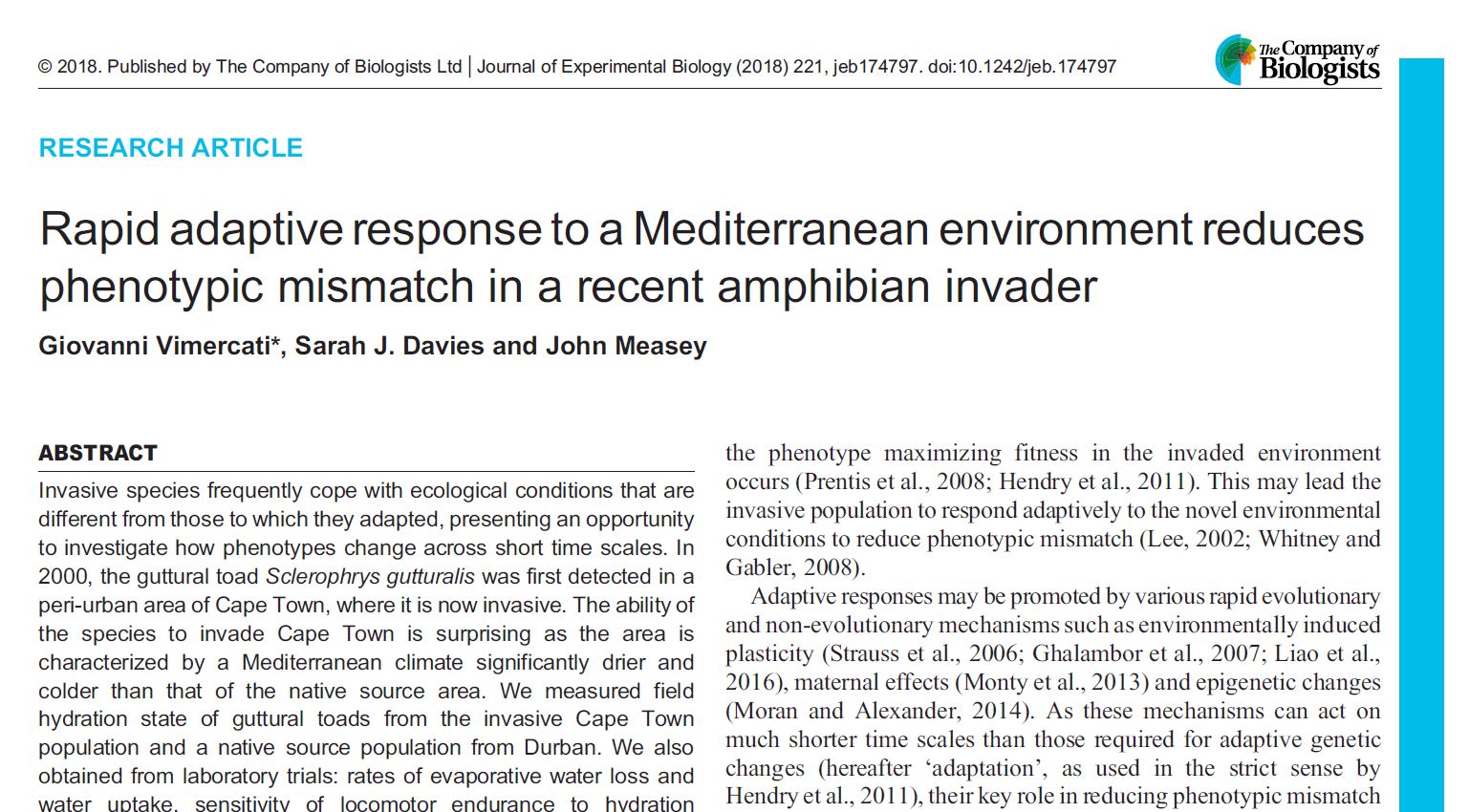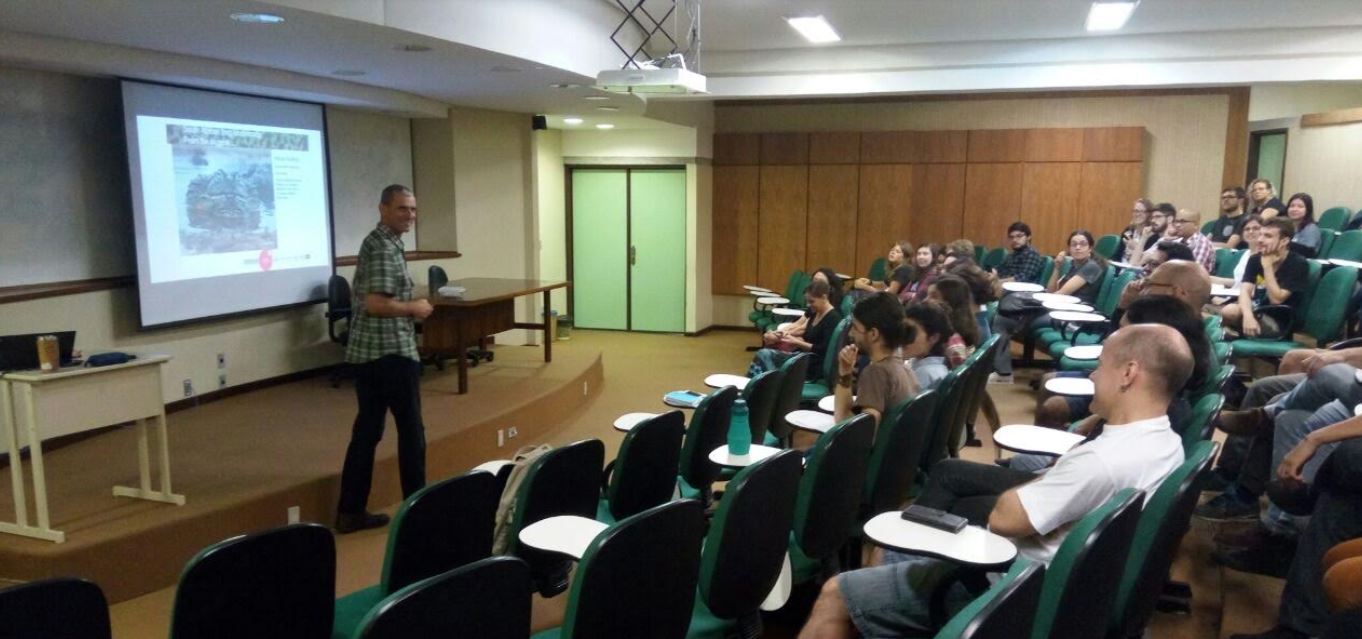Time at Laboratório de Ecofisiologia e Fisiologia Evolutiva at the University of São Paulo
Great to spend some time in the lab of Carlos Navas: Laboratório de Ecofisiologia e Fisiologia Evolutiva at the University of São Paulo. I gave a talk to the lab “Does an invasion come from a single population”, and in turn was treated to some insights into the current research in his lab.
It was a great few days at USP, that also saw me connect with Fernando Ribiero-Gomes, Vânia Regina Pivello and Taran Grant.





